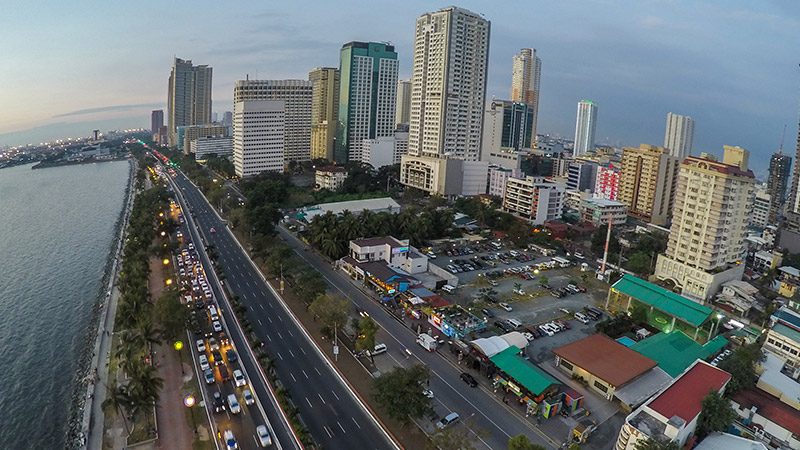SUMMARY
This is AI generated summarization, which may have errors. For context, always refer to the full article.

MANILA, Philippines – Are all Philippine cities ready for tourists?
At a forum at San Beda College Alabang on Wednesday, September 4, tourism experts shared their insights into this question and how local governments can make the most out of the industry without being overwhelmed,.
The industry cannot be underestimated. According to Nigel David, the Asia Pacific and Middle East director of the World Travel and Tourism Council, the travel and tourism sector “has been outgrowing other sectors” around the world.
THIS MORNING: Cities and Urban Centers Readiness for Tourism forum here at the San Beda College Alabang. @rapplerdotcom pic.twitter.com/kdJRS9toOl
— Rambo Talabong (@ramboreports) September 4, 2019
He noted that in the Philippines, around 25% of its 2018 gross domestic product in 2018 is connected to travel and tourism. The industry grew by 12.7% in 2018 despite the temporary closure of popular island Boracay that year.
David said, however, that Manila, in its current state, would not be able to keep up with the growth in tourism. How can cities cope with this?
Here’s what veterans of the tourism industry agreed on:
1. Access is everything
Former tourism secretary Narzalina Lim emphasized the importance of good transportation and accessibility.
“Good transportation and connectivity is needed,” said Lim, who is now an adviser of the Iloilo Economic Development Foundation.
She cited the case of Iloilo City which, she said, has become accessible from the national capital Manila and key urban centers such as Cebu and Davao.
Within the city, Lim said residents can freely go around in bicycles as the city government has provided them with bike lanes.
Asked how he thought Manila should improve its capability to handle more tourists, David said at the open forum that city officials need to improve its cleanliness and infrastructure for easier transportation.
2. Visuals matter
Tourism professor Michael Cortez of the Ritsumeikan Asia Pacific University in Japan drilled on the importance of Instagram-worthy sites to reel in tourists.
He recalled having gone to Siargao with his daughter, looking for a bent coconut tree for the perfect photograph.
“I said, ‘Why do you want to go to that bent coconut tree? We have millions of coconuts in the islands.’ She says it’s because it’s the most instagrammable place on Corregidor [Island]. I said ‘Okay, let’s find that coconut tree,” Cortez said.
According to Cortez, these picturesque sites, be it natural or man-made, forge a connection to the place, followed by “interaction” with businesses, authorities, and other tourists.
3. Go sustainable
“The most important aspect is sustainable growth agenda,” said David.
David explained that this means that while the city financially benefits from tourism, the lives of its people must not deteriorate, and by extension, the experience of tourists in the area.
Lim said this means that tourism plans do not only mean maximizing visitors to the city, but “integrating it into the overall plan of the city.”
“Investors will not go to your city unless your city is liveable and that the residents are happy residents in that city. It should be an inclusive development where everyone is part of the development,” she said.
The Philippine tourism industry is still primarily an economy that depends on sustainability, according to Cortez.
“Our tourism strategies are limited to sustainable use of nature economy, and the replenishment of depleted resources,” he said.
4. Partner with your people
Cortez emphasized that tourists “connect better” with a destination when they establish relationships with the locals.
“Through locals, tourists get to immerse with local culture,” he said.
In relation to this, Lim, said the local the government should cooperate with businesses that have roots in the city. In the case of Iloilo, the local government has been reaching out to Ilonggos in helping pull in investments to the city.
Because of the influx of investments, Lim noted that the city had to speed up the processing of permits.
“Local governments should provide the right incentives, both fiscal and non-fiscal, for the private sector, and invest in infrastructure and businesses to create jobs,” she added.
Steady support from the private sector, she added, would ensure that tourism programs continue, regardless of the politician at the helm of the city. – Rappler.com
Add a comment
How does this make you feel?
There are no comments yet. Add your comment to start the conversation.